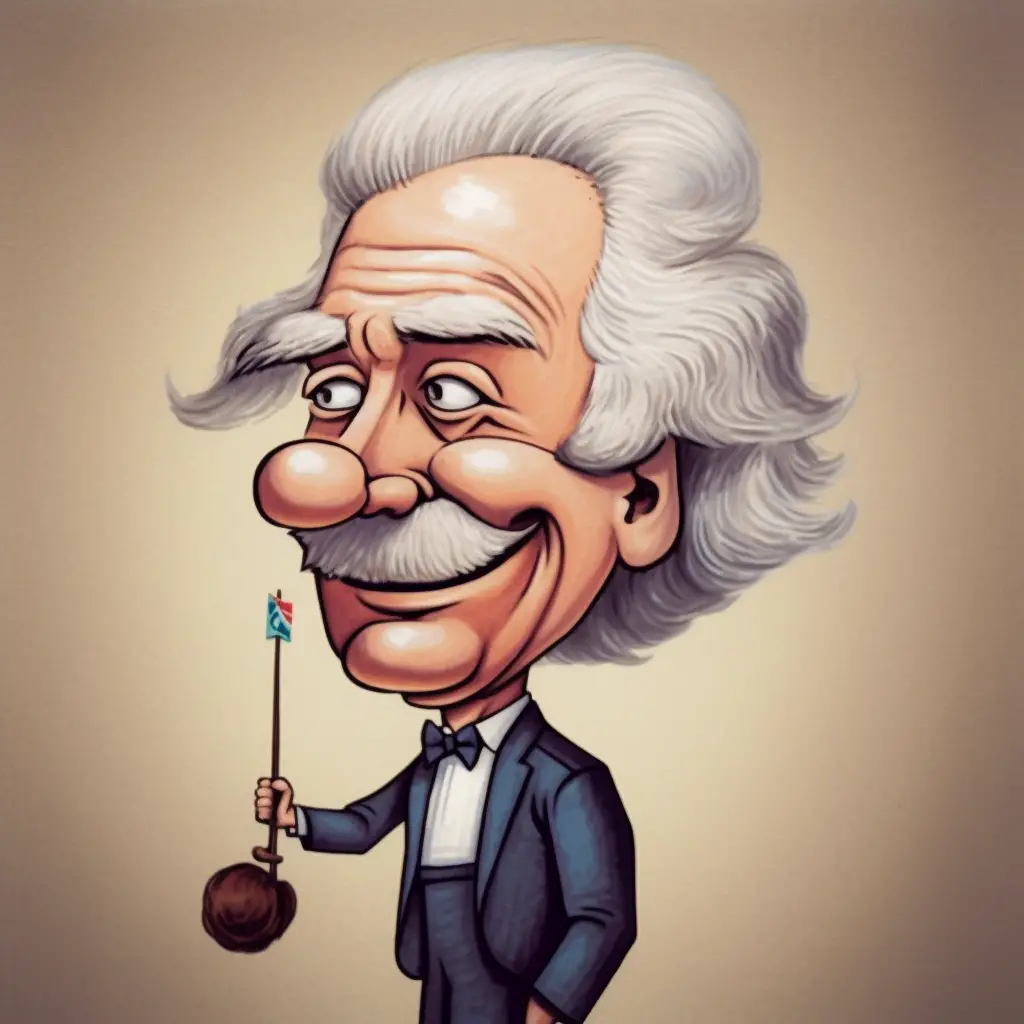
A curvilinear relationship is when one variable increases another does as well, but at one point it stops, and only one variable continues to increase and the other decreases. On a graph, this relationship looks like an upside-down “U”, which is why its also called an inverted-U graph. Another type of curvilinear relationship is when one variable increases and another decreases at the beginning, but they stop at a certain point, whereby both variables continue to increase after. This results in a normal upside “U” shape.
Think of going on a date. As you both meet, you’re having a fun time, getting to know each other and laughing. You’re both going higher on the happiness scale. But then she keeps laughing. At every little thing you say, even if it’s serious. At that point, you’d probably start souring on your feelings about the date, while that psychopath keeps getting happier and happier. This would represent a curvilinear relationship in an inverted-U pattern.
Why Do Curvilinear Relationships Matter in Psychology?
Curvilinear relationships can be quite the rollercoaster ride, full of twists and turns. In psychology, they help explain how certain factors can influence behavior, emotions, or cognition. Recognizing these relationships is essential for understanding the complexities of the human mind.
Types of Curvilinear Relationships
Just like ice cream comes in different flavors, curvilinear relationships have multiple forms. Two of the most common types are the inverted-U and the regular U-shaped relationships.
Inverted-U Relationship
In an inverted-U relationship, the connection between two variables starts off positive, with both variables increasing. But at some point, the relationship changes, and one variable starts decreasing as the other continues to increase. This creates an upside-down “U” shape on a graph.
U-Shaped Relationship
In a U-shaped relationship, the connection between two variables is initially negative, with one variable increasing while the other decreases. But just like a plot twist in a movie, the relationship changes, and both variables start increasing together. This results in a “U” shape on a graph.
Common Examples of Curvilinear Relationships in Psychology
Life is full of surprises, and so are curvilinear relationships. Let’s explore some common examples in psychology that showcase these unpredictable connections.
Stress and Performance
Imagine a juggler trying to keep multiple balls in the air. At first, a little stress helps improve focus and performance. But if the juggler starts juggling too many balls, stress levels skyrocket, and performance takes a nosedive. This is an example of an inverted-U relationship between stress and performance.
Motivation and Creativity
Motivation can be like adding fuel to a fire. When motivation levels are low, creativity might also be low. But as motivation increases, so does creativity. However, if motivation becomes too intense, creativity might take a hit, as people start focusing too much on the end goal rather than the creative process. This is another example of an inverted-U relationship.
Social Isolation and Happiness
Picture a person stranded on a deserted island. At first, the solitude might be relaxing and enjoyable. But as time passes, loneliness sets in, and happiness starts to decline. However, if the person is rescued and returns to a bustling city, they may find that their happiness increases again as they reconnect with others. This is an example of a U-shaped relationship between social isolation and happiness.
Putting Curvilinear Relationships to Good Use
Understanding curvilinear relationships is like solving a puzzle. It helps make sense of the complex ways in which different factors can influence human behavior and emotions.
By recognizing these relationships, psychologists can develop more effective interventions and strategies to improve well-being and overall mental health. So, the next time encountering a curvilinear relationship in psychology, remember to buckle up and enjoy the thrilling ups and downs that come with it.




